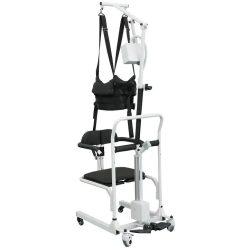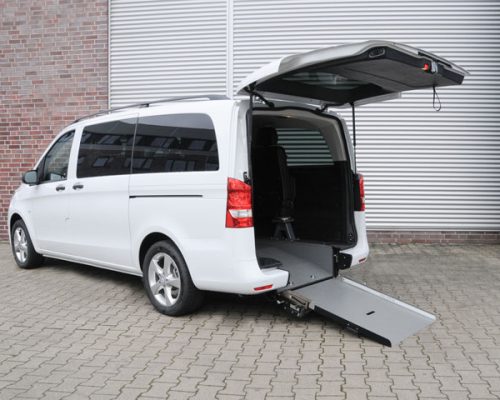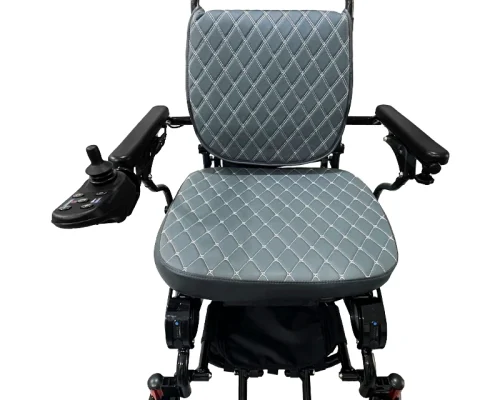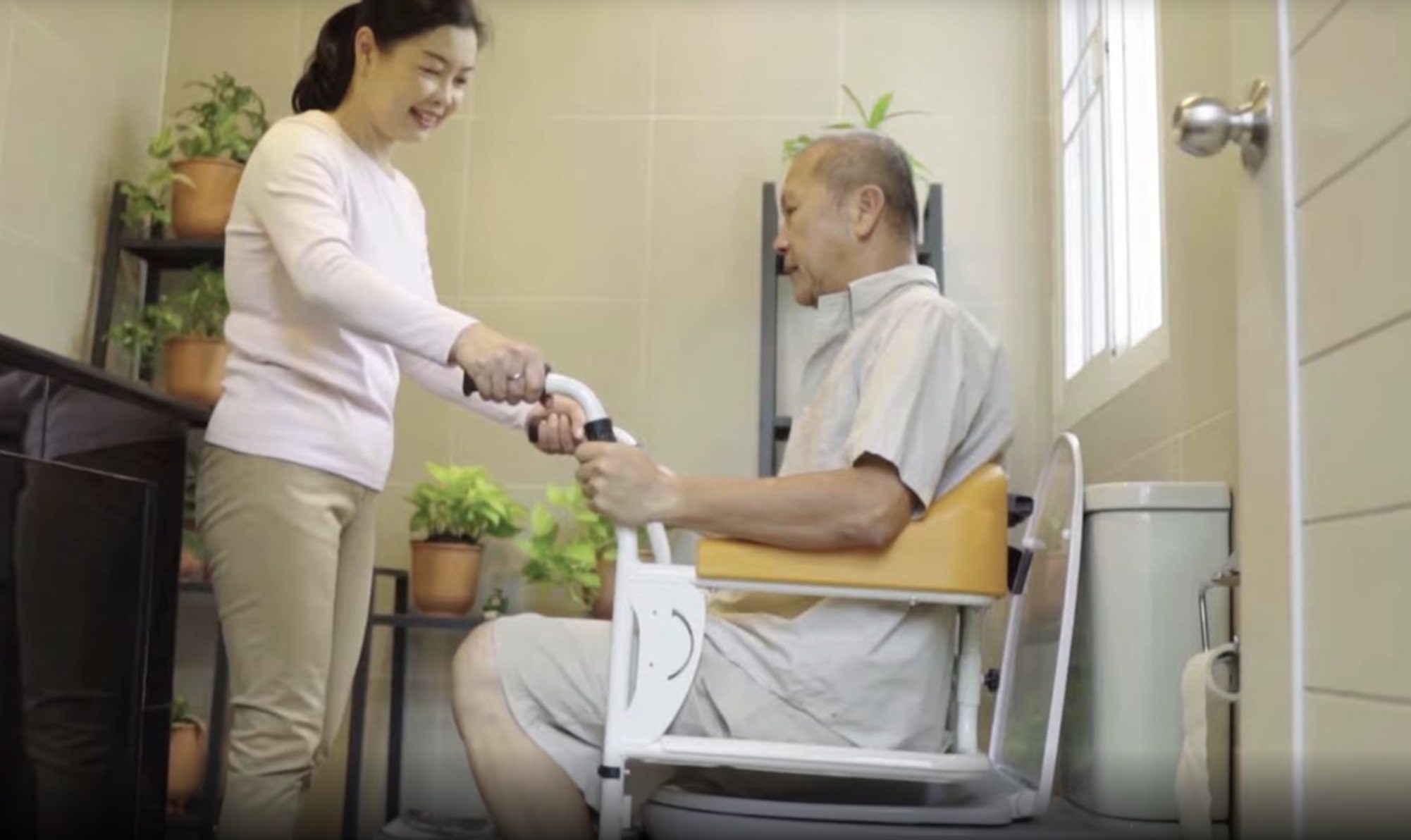Table of Contents
ToggleTransfer wheelchair to toilet is likely one of the most difficult tasks for a person with a mobility impairment and their caregiver. This blog acts as a guide on how one can transfer from a wheelchair to a toilet effectively and safely. Proper techniques and equipment can make a huge amount of difference in the safety and the ease the process.
Understanding the Importance of Safe Transfers
A safe transfer wheelchair to toilet is crucial in avoiding injuries and it promotes independence. Whether you are doing a toilet transfer, chair-to-chair transfer or a transfer to the toilet from a wheelchair, the right approach strategy can make a huge difference.
Equipment and Preparation to transfer wheelchair to Toilet
The necessary equipment and environmental preparations should be in place before any transfer:
1. Transfer Board
A transfer board is a strong board that is positioned between the wheelchair and the commode seat.
2. Grab Bars
Grab Bars are secure fittings on the wall to help provide support while moving around the bathroom or using the commode. (assists while sitting down and getting up).
3. Toilet Seat Riser
A device that raises the toilet seat to facilitate the transfer on and off the toilet.
4. Anti-Slip Mats
Mats placed on the floor to prevent slipping.
These are a few more products by Gilani Mobility that assist disabled individuals in using the toilet :
| Product | Description |
| Electric Transfer Chair | Assists with safe and convenient patient transfers. |
| Electric And Height Adjustable Patient Transfer Chair | Provides electric height adjustment for easy transfers. |
| Double-hand Control Manual Transfer Commode Wheelchair | Manual wheelchair designed for transfers and toileting. |
| One-hand Control Manual Transfer Commode Wheelchair | Manual wheelchair with one-hand control for transfers and toileting. |
| Accessible Powered Lifting Sink | Adjustable height sink for elderly use. |
| Foldable And Electric Waterproof Transfer Commode Chair | Foldable, electric commode chair for showering and transfers. |
| Wall Mounted and Foldable Shower Chair | Height adjustable, wall-mounted shower chair. |
| Raised Toilet Seat Riser | Elevated toilet seat for seniors and individuals with restricted mobility. |
| Bathmobile Commode & Shower Chair | Lightweight, foldable shower and commode chair. |
| WheelAble Travelling Commode and Shower Chair | Portable and waterproof commode and shower chair. |
| Multipurpose Bariatric Toilet Commode Chair | Bariatric commode and shower chair with flip-away footrests and armrests. |
| Portable Shower Toilet Transfer Commode | Portable, foldable commode for toilet and shower use. |
| Foldable Over Toilet Aid Commode Chair | Foldable commode chair for over toilet use with removable potty. |
| Height Adjustable Commode Chair | Height-adjustable commode chair for toilet use. |
| Luxury Model Toilet Lift Seat | Electric lift seat with remote control and anti-injury design. |
| Toilet Lift Seat Basic Model | Basic model toilet lift seat with non-slip base and battery level display. |
| Toilet Lift Seat Comfortable Model | Adjustable height toilet lift seat with curved arm support. |
| Toilet Lift Seat Premium Model | Premium model toilet lift seat with remote control and multi-stage adjustment. |
| Toilet Lift Seat | Toilet lift seat and intelligent knob for adjustment. |
| Classic Model Toilet Lift Seat | Classic model lift seat with remote control and anti-injury design. |
Steps for a Successful Wheelchair to Toilet Transfer
1. Positioning the Wheelchair
- Near the Toilet: The wheelchair should be positioned as close to the toilet as possible—preferably at a 45-degree angle to the toilet seat.
- Lock the Wheels: Lock the wheelchair wheels, so it will not move as you transfer them.
2. Preparing the Transfer
- Footrests and Armrests: Swivel the footrest away, remove, or flip up armrests on the side next to the toilet.
- Scoot Forward: Individual should scoot to the edge of the wheelchair seat and place both feet flat on the ground.
3. Using a Transfer Board
- Transfer Board: Position the transfer board under 1 hip ande extend it to the the toilet seat.
- Slide Over: The individual should use their arms to push up and slide over the board toward the toilet seat.
4. Using Grab Bars
- Grasp the Bars: If grab bars are involved, the individual shall hold onto them for support.
- Lift and Pivot: With some support from the caregiver, or independently, lift to partially turn toward the toilet seat.
5. Final Adjustments
- Seated: Confirm that the individual is properly seated on the toilet seat.
- Adjusting Clothing: Assist in adjusting clothing to ensure comfort and privacy for the person.
Tips for Caregivers
- Communicate: Always communicate every process to the person so that they are at ease and know what is going on.
- Lift: Rather than pulling or hoisting, give support, to prevent injuries.
- Practice: Regular practice of transfer wheelchair to toilet techniques can build confidence and efficiency.
Common Challenges and Solutions
- Balance Problems: A toilet seat riser can decrease the distance of the transfer, making it easier and safer.
- Weakness: Assistive transfer devices may also provide additional strength with the use of a transfer board or grab bars.
- Narrow Spaces: Obstacles in the bathroom should be eliminated to ensure that there is enough space inside that would enable one to maneuver around in the wheelchair.
Conclusion
Proper transfer from wheelchair to toilet is essential for a patient with mobility impairment. With the guidance and facilities in place, one can easily transfer with much ease and confidence. Always remember to prioritize safety, communicate effectively, and practice regularly to improve your technique.
For detailed information on accessible bathroom aids and equipment, you can visit the Australian Government’s Department of Health and Aged Care website. This resource provides comprehensive guidance and support for individuals with disabilities, including recommendations and guidelines for accessible bathroom and toileting solutions.
For more information and resources on mobility aids and transfer techniques, visit Gilani Mobility
FAQs
1. How do people in wheelchairs use toilets?
People in wheelchairs use toilets by utilizing transfer aids like transfer boards and grab bars, and often by using a toilet seat riser that helps to transfer wheelchair to toilet.
2. How do you transfer a person from a wheelchair to a toilet?
To transfer a person from a wheelchair to a toilet:
- Position the wheelchair close to the toilet.
- Lock the wheelchair wheels while transfer wheelchair to toilet.
- Move footrests and armrests out of the way.
- Use a transfer board or grab bars to assist the person in sliding or pivoting onto the toilet seat.
3. How to help a disabled person go to the toilet?
To help a disabled person go to the toilet:
- Ensure the area is prepared and clear of obstacles.
- Position the wheelchair close to the toilet and lock the wheels.
- Use appropriate transfer aids such as transfer boards or grab bars.
- Provide support and clear communication throughout the transfer process.
4. How do wheelchair users go to the toilet on a plane?
Wheelchair users go to the toilet on a plane by using onboard aisle chairs and the assistance of flight attendants to navigate to and from the lavatory.
5. What is the best toilet for a wheelchair person?
The best toilet for a wheelchair person is one equipped with a raised seat, ample space for maneuvering, and secure grab bars for support.






































